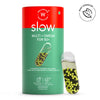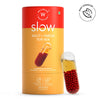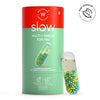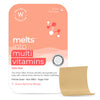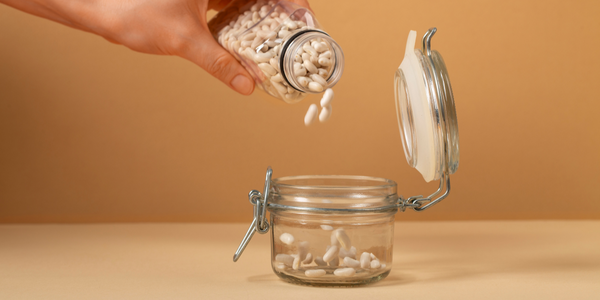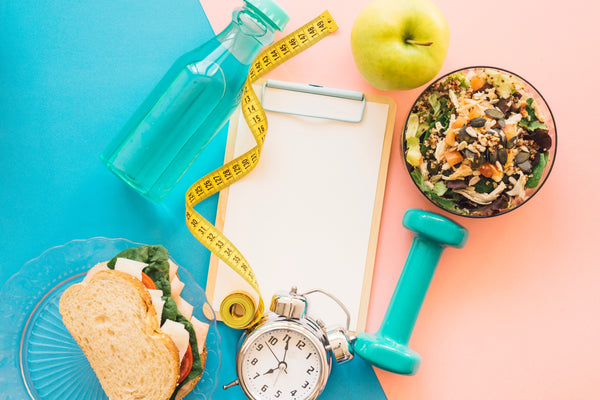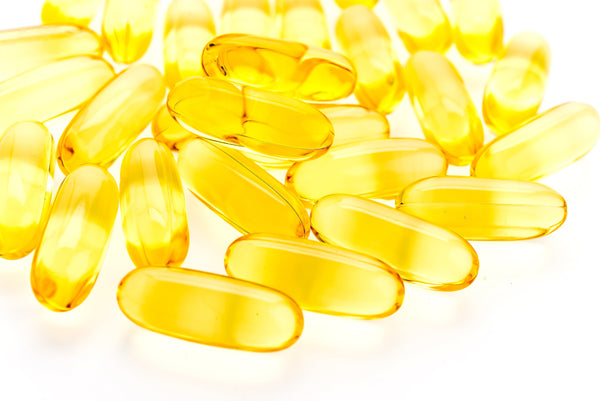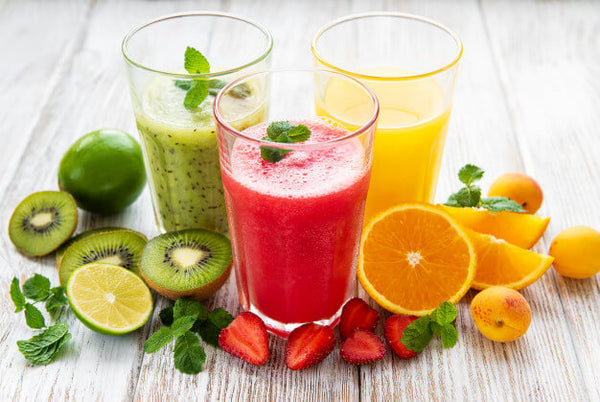Vitamin E may not always make headlines, but it quietly plays a vital role in your health, from supporting glowing skin and a healthy heart to strengthening your immunity. This fat-soluble antioxidant protects your cells from damage, supports hormonal balance, and contributes to better vision and brain health. Thankfully, Vitamin E-rich foods are plenty in nature, especially in the Indian kitchen.
Whether you’re planning meals for overall wellbeing or targeting a specific health goal, adding natural vitamin E sources to your diet can go a long way. Let’s take a closer look at the best vitamin E-rich foods, how to incorporate them easily into your meals, and where supplements might help fill the gaps.
1. Sunflower Seeds

Among the most concentrated vitamin E rich foods, sunflower seeds are perfect as a snack or a salad topping. Just a handful (about 28 grams) delivers over 7 mg of vitamin E – nearly half the recommended daily intake.
How to add it:
Roast them lightly with a pinch of salt and chilli powder, or sprinkle over poha, upma, or mixed vegetable sabzi for added crunch.
2. Almonds

Almonds are a familiar e vitamin rich food in most Indian households. Rich not just in vitamin E but also in healthy fats, fiber, and magnesium, they support heart health and maintain glowing skin.
How to add it:
Soak 4-5 almonds overnight and consume them in the morning. Alternatively, use almond paste in curries for a creamy texture.
3. Spinach (Palak)

Spinach is an easily accessible leafy green that’s a versatile source of vitamin E. A cup of cooked spinach provides around 3–4 mg of vitamin E and is also loaded with iron and vitamin K.
How to add it:
Make classic palak paneer, stir-fry with garlic, or blend into a green smoothie with banana and almond milk.
4. Avocados

While not native to India, avocados are now widely available and are an excellent vitamin E source. One medium avocado contains up to 2.7 mg of vitamin E, along with potassium and heart-healthy fats.
How to add it:
Use it to make toast, guacamole, or as a topping on dalia, khichdi, or millet-based salads.
5. Peanuts

A cost-effective and commonly found vitamin E-rich source, peanuts also offer protein and healthy fats. A quarter-cup serving offers about 2 mg of vitamin E.
How to add it:
Enjoy them roasted with jaggery as chikki, mix into chaats, or toss into stir-fried vegetables for extra crunch.
6. Pumpkin (Kaddu)

Often underrated, pumpkin is a seasonal vitamin E-rich food with beta-carotene and fiber. Cooked pumpkin provides 1–2 mg of vitamin E per serving.
How to add it:
Try kaddu ki sabzi with ajwain and hing, or make pumpkin soup with coconut milk and ginger.
7. Drumstick (Moringa)

Drumstick, also known as moringa, are a highly underrated but powerful vitamin E source found in many traditional Indian recipes. Just one cup of fresh moringa leaves offers a decent amount of vitamin E along with iron, calcium, and antioxidants.
How to use:
Make a simple moringa sabzi with garlic and coconut, stir it into dal, or add it to dosa batter for a nutritious twist. You can also dry and powder the leaves to sprinkle into smoothies or soups.
8. Wheat Germ

Wheat germ is a lesser-known but powerful vitamin E rich food, especially among vegetarians. Just one tablespoon offers about 1.5 mg of vitamin E.
How to add it:
Mix into your atta while kneading, add to smoothies, or use as a topping on dahi and fruits.
9. Olive Oil

Though not traditionally Indian, extra virgin olive oil has gained popularity in recent years and is a great vitamin E source. One tablespoon contains about 1.9 mg of vitamin E.
How to add it:
Use it to drizzle over salads, roasted vegetables, or in Mediterranean-inspired Indian fusion recipes like hummus chillas or baked baingan.
10. Mango

This summer favourite is not just rich in flavour but also an enjoyable vitamin E-rich source. A cup of sliced mango offers about 1–1.5 mg of vitamin E, along with vitamin C and antioxidants.
How to add it:
Relish it fresh, in smoothies, or as aam panna. Add to sabzi for a sweet twist or toss into a fruit chaat.
Incorporating Vitamin E into Your Diet
To make the most of these vitamin E foods, here are some simple but effective tips:
Meal Planning Tips
-
Include at least one vitamin E-rich source in each meal — like roasted seeds in breakfast, spinach or greens in lunch, and nuts as a snack.
-
Blend smoothies with spinach, almonds, and mango for a nourishing start to your day.
-
Use healthy oils like olive or mustard oil for cooking to boost vitamin E intake.
Cooking Methods to Preserve Vitamin E
Vitamin E is sensitive to heat and light, so avoid overcooking or deep-frying foods rich in this vitamin.
-
Prefer steaming, sautéing, or lightly roasting.
-
Store seeds and nuts in airtight containers away from heat and moisture to retain nutrient quality.
Combining Foods for Maximum Absorption
As a fat-soluble vitamin, Vitamin E is best absorbed with healthy fats.
-
Pair spinach or mustard greens with ghee or mustard oil.
-
Combine mangoes or avocados with nuts or yogurt for optimal nutrient uptake.
When to Consider Vitamin E Supplements
Despite a good diet, some people may still fall short of their daily vitamin E requirement. This could be due to lifestyle factors, medical conditions affecting fat absorption, or increased oxidative stress.
Identifying Deficiency Symptoms
Look out for:
-
Dry or dull skin
-
Muscle weakness
-
Vision issues
-
Fatigue or low immunity
-
Tingling or numbness in limbs (in severe cases)
If these symptoms persist, consult a healthcare provider and check your vitamin E levels.
If you do decide to opt for a supplement, choose one that provides vitamin E in a bioavailable form and pairs it with complementary nutrients like omega-3 fatty acids, vitamin A, and other antioxidants. This combination not only enhances absorption but also amplifies the benefits of vitamin E, supporting skin, immunity, hormonal balance, and overall energy levels.
For example, supplements that offer slow-release multivitamins with added omega oils or dissolvable strips for quick absorption can be both convenient and effective. Look for options specifically designed for your age, gender, or lifestyle, whether you’re in your 30s managing a fast-paced life or in your 50s looking to support graceful aging and better health.
Final Thoughts
Adding vitamin E rich foods to your daily meals doesn’t have to be complicated. With ingredients already present in Indian households — from almonds and spinach to peanuts and mustard greens, it’s easy to create a balanced, nourishing plate.
Focus on freshness, use cooking methods that preserve nutrients, and combine your foods thoughtfully. If your diet isn’t enough due to lifestyle or health conditions, a high-quality supplement can give you the support you need.
After all, good health begins with conscious, consistent choices — and a spoonful of care at every meal.








